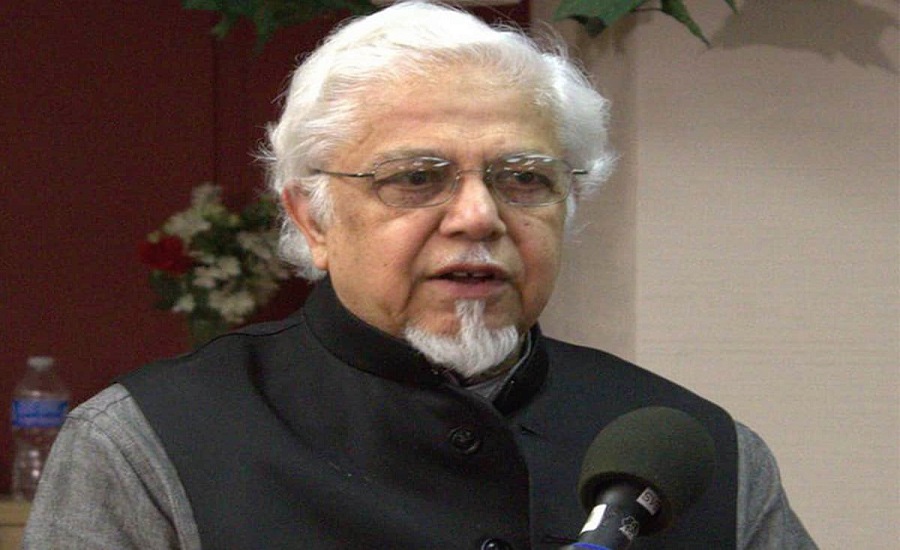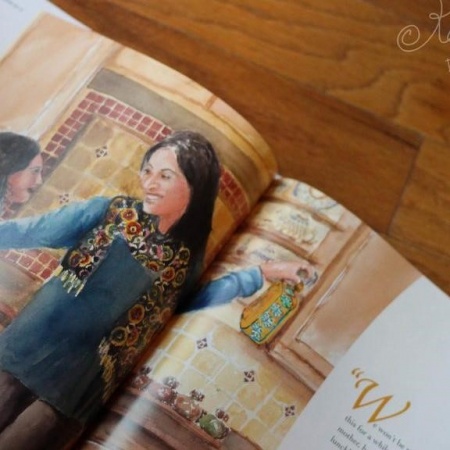‘Semiotics of Islam’ corrects Muslims’ negative image
OnIslam & Newspapers
Defying the negative portrayals of Muslim in mainstream media, a new short film has been released to take on media’s misrepresentation of the religious minority.
Titled “Semiotics of Islam”, the seven-minute film uses letters of alphabet to highlight words associated with Islam.
“When we watch broadcast news, we’re thinking that it’s nonfiction,” Muslim-American filmmaker Fouzia Najar told the Huffington Post on Tuesday, April 7.
“I’m hoping that the film can make people think twice about where their media is coming from and what agenda is being pushed.”
Titled “Semiotics of Islam”, the seven-minute film uses letters of alphabet to highlight words associated with Islam.
Letters from A to Z were used to stand for Muslim staff like Abaya worn by Muslim women, Burqa or the women face veil, Hijab or the Islamic headscarf and Jihad.
Other common objects and terms from the Islamic culture were also included to illustrate how Islam is misunderstood in the US.
The idea of the film was inspired by Martha Rosler’s 1975 film, “Semiotics of the Kitchen” that used the letters of the alphabet to take viewers through a kind of vocabulary lesson.
“Art is, has been, and will remain a potent way for people to condense and symbolize their own marginalization and oppression and to attempt to draw the viewer into identification rather than rejection,” Rosler said.
Although there are no official figures, the United States is believed to be home to between 6-8 million Muslims.
A US survey has revealed that the majority of Americans know very little about Muslims and their faith.
A recent Gallup poll, however, found 43 percent of Americans Nationwide admitted to feeling at least “a little” prejudice against Muslims.
Another Economist/YouGov poll found that a large majority of Americans believe that US Muslims are victims of discrimination amid recent attacks against the community.
Dissatisfaction
The film aims to reflect Muslims’ dissatisfaction with the way they are portrayed by the American media, film makers said.
“I am the most American person I know,” Najar, who was born in Omaha, Nebraska, and grew up in New York, said.
The 33-year-old writer believes that many American Muslims suffer from identity issues.
“I think that a lot of first-generation Americans have identity issues,” Najar said.
“They have two identities or even more. … It doesn’t mean they aren’t American. It means America needs to change its definition of what Americans are.”
“The beauty of identity,” Sana, 28, said, is that it can mean multiple things at once.
“It’s not weird to be American and Muslim,” she said.
“They can happen together, [and] the different parts of my identity inform everything.”
With the recent murder of three young Muslim students in Chapel Hill, North Carolina, the burning of an Islamic Center in Houston, Texas, which authorities ruled as arson, and the numerous reports of personal harassment, Muslims feel they are targeted in the States.
Shocked by the heinous crime, world Muslims mourned the three young American Muslims in North Carolina, pouring into social media to send messages of solidarity to the victims’ families.
Twitter users started to employ the hashtag “#MuslimLivesMatter,” to comment on how the mainstream media ignored the news of the murder which did not make national headlines.
“There’s a misunderstanding and a fear of what Islam is, [and] I think there’s an inclination by the media to vilify Muslims,” Najar, who wrote and directed “the film as her final thesis project while pursuing a Master of Fine Arts in integrated media arts at Hunter College in New York City, said.
“Non-Muslims are scared. Well, we’re scared too.”













2015
1,049 views
views
0
comments